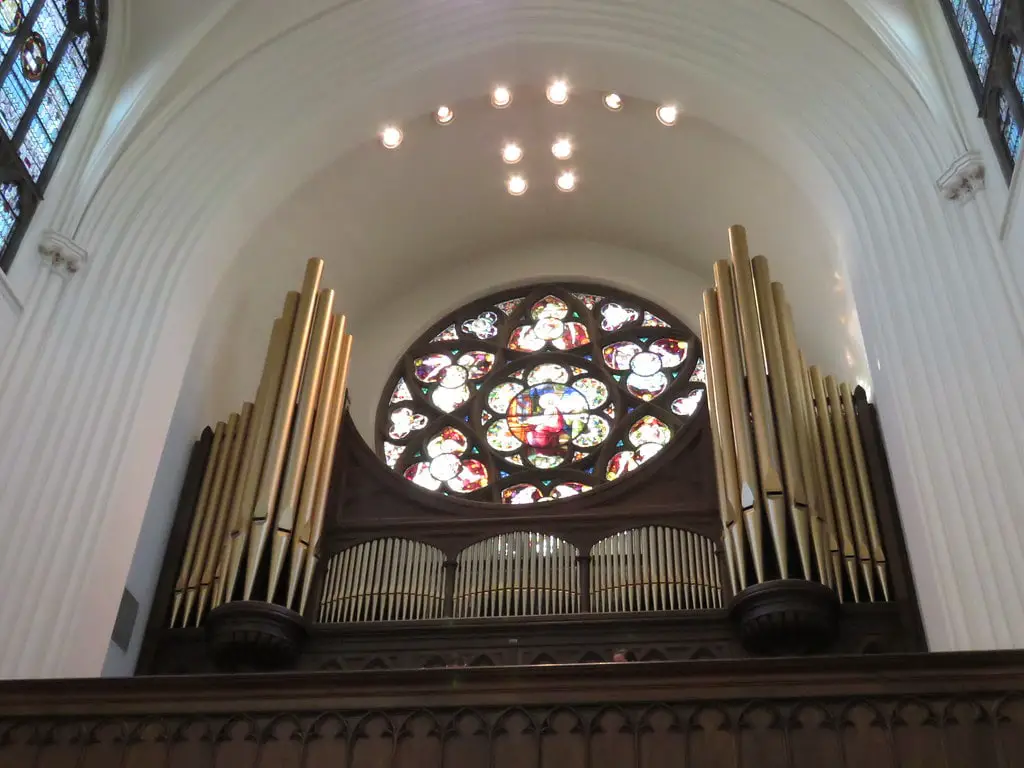Delving into the Historical Tapestry
The Cathedral Basilica of the Immaculate Conception, an architectural marvel in Denver, Colorado, has a fascinating history deeply intertwined with the city's cultural fabric.
The cathedral's story began in the early 20th century, with its cornerstone being laid in 1906. After five years of meticulous construction, the cathedral was officially dedicated in 1911, marking a significant milestone in Denver's history.
The person who played a pivotal role in the cathedral's creation was Bishop Nicholas C. Matz. His vision was to construct a grand place of worship that would serve as a spiritual hub for the local community.
His dream was realized through the architectural prowess of Leon Coquard, a Detroit-based architect. Coquard, inspired by the French Gothic tradition, designed a cathedral that was grand in scale and intricate in detail.
The cathedral's design also bears a striking resemblance to the Cologne Cathedral in Germany. This similarity is not coincidental but rather a deliberate attempt to incorporate global architectural influences into the cathedral's design.
The cathedral's exterior, adorned with Indiana limestone, is a testament to this material's timeless appeal and durability.
Unraveling the Architectural Intricacies
The cathedral's architectural grandeur is not just limited to its exterior. Its twin spires, reaching 210 feet into the sky, are a defining feature of Denver's skyline.
These spires, visible from various parts of the city, are a constant reminder of the cathedral's presence and significance to the community.
Inside, the cathedral houses 75 stained glass windows, each a work of art in its own right. Of these, 60 depict biblical scenes, serving as a visual narrative of biblical stories.
These windows are the work of the F.X. Zettler firm in Munich, Germany, renowned for their craftsmanship in stained glass artistry.
These windows' intricate details and vibrant colors bring the biblical stories to life, adding a unique dimension to the cathedral's interior.
The cathedral's interior can accommodate approximately 800 people. This capacity is a testament to its size and reflects its role as a gathering place for the local community.
Over the years, the cathedral has hosted numerous events and ceremonies, further cementing its societal position.
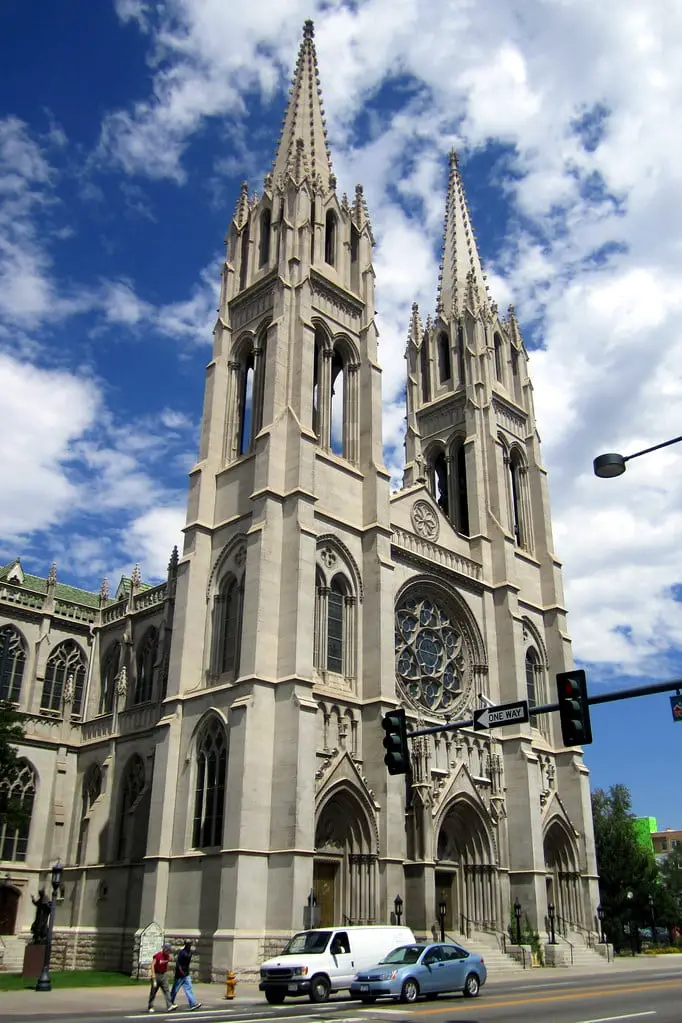
The Cathedral's Role in the Community: Beyond a Place of Worship
The Cathedral Basilica of the Immaculate Conception has always been more than just a place of worship.
As the mother church of the Archdiocese of Denver, it has been a spiritual refuge for many, providing a space for prayer, reflection, and community gathering.
The cathedral has also significantly hosted important events and ceremonies, from weddings and baptisms to Christmas and Easter services.
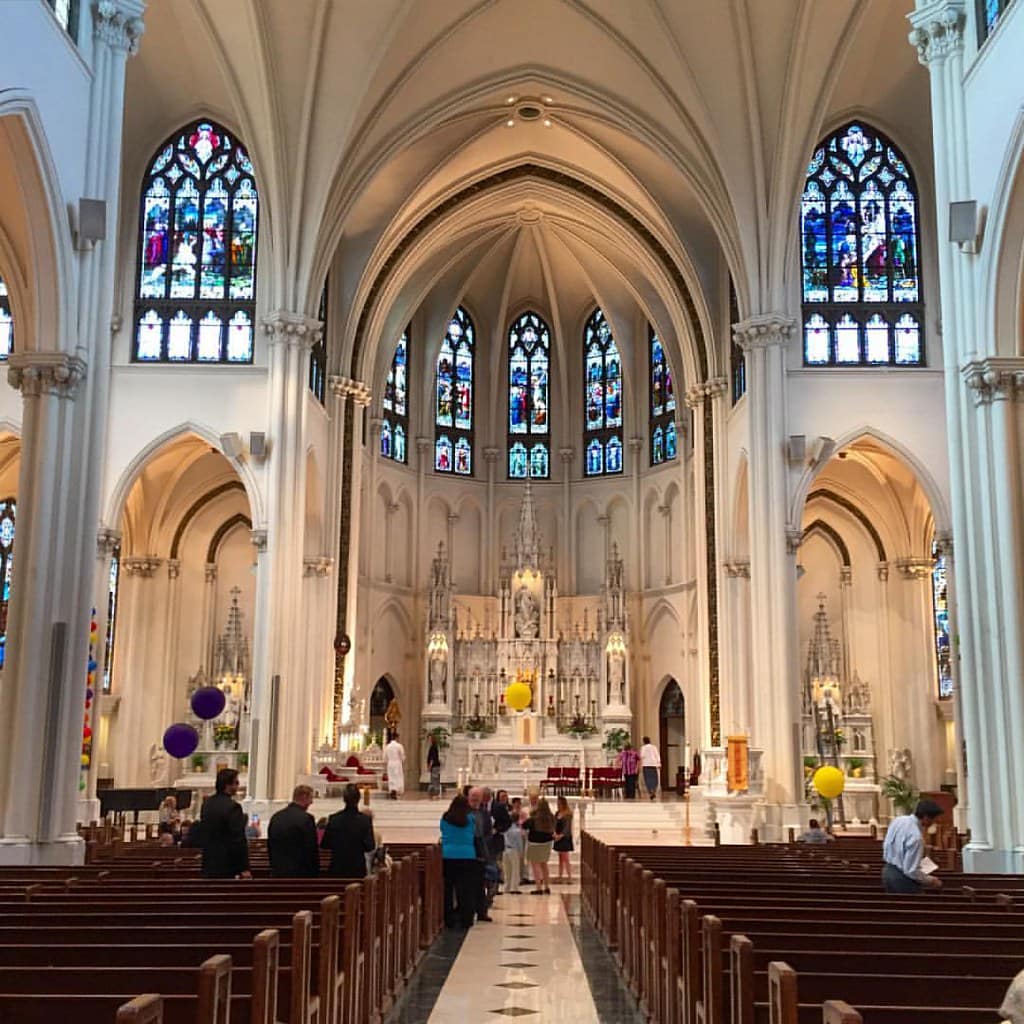
Navigating Through Challenges: A Testament to Resilience
Despite its historical and cultural significance, the cathedral has not been immune to challenges. In October 2021, the cathedral was the target of a vandalism incident.
This incident was an attack on a building and an affront to the community and its values.
However, the cathedral's resilience shone through in the face of adversity. The community rallied together, demonstrating their collective resolve to preserve the sanctity of their beloved cathedral.
This incident highlighted the cathedral's importance to the community and the collective desire to protect and preserve it.
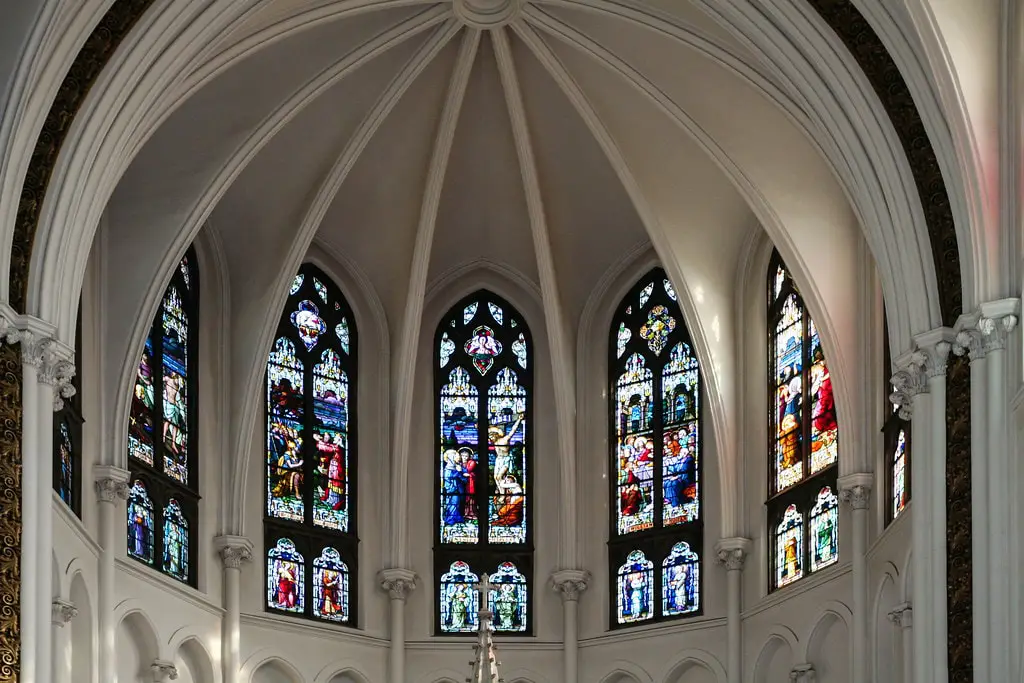
The Cathedral Basilica of the Immaculate Conception Today
Today, the Cathedral Basilica of the Immaculate Conception continues to be a beacon of faith and community in Denver.
It offers a range of services and activities catering to the spiritual needs of its congregation. At the same time, efforts are ongoing to maintain and preserve the cathedral's historical and architectural significance.
The cathedral's role in modern Denver extends beyond its religious functions. It is a testament to the city's history, a symbol of community resilience, and a beacon of architectural beauty.
It invites locals and visitors alike to appreciate its grandeur and reflect on its enduring significance.
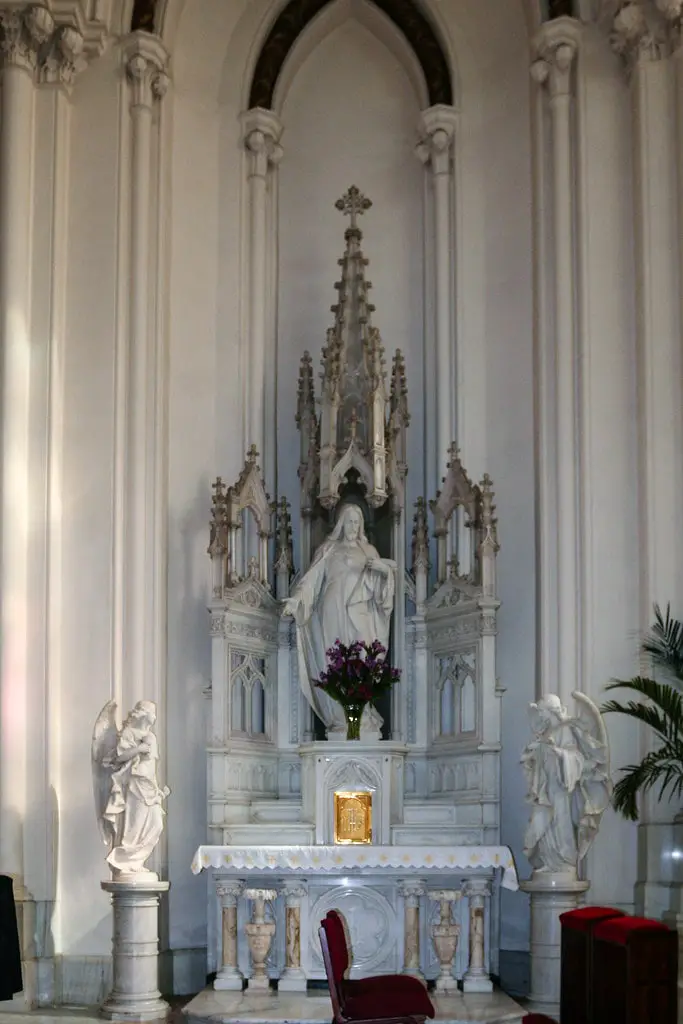
Reflecting on the Cathedral's Enduring Significance
In conclusion, the Cathedral Basilica of the Immaculate Conception is more than just a place of worship. It is a symbol of Denver's rich history, a masterpiece of architectural design, and a pillar of the local community.
Despite its challenges, the cathedral remains resilient, serving its congregation and the wider Denver community. Its enduring significance is a reminder of the city's past, a reflection of its present, and an inspiration for its future.
